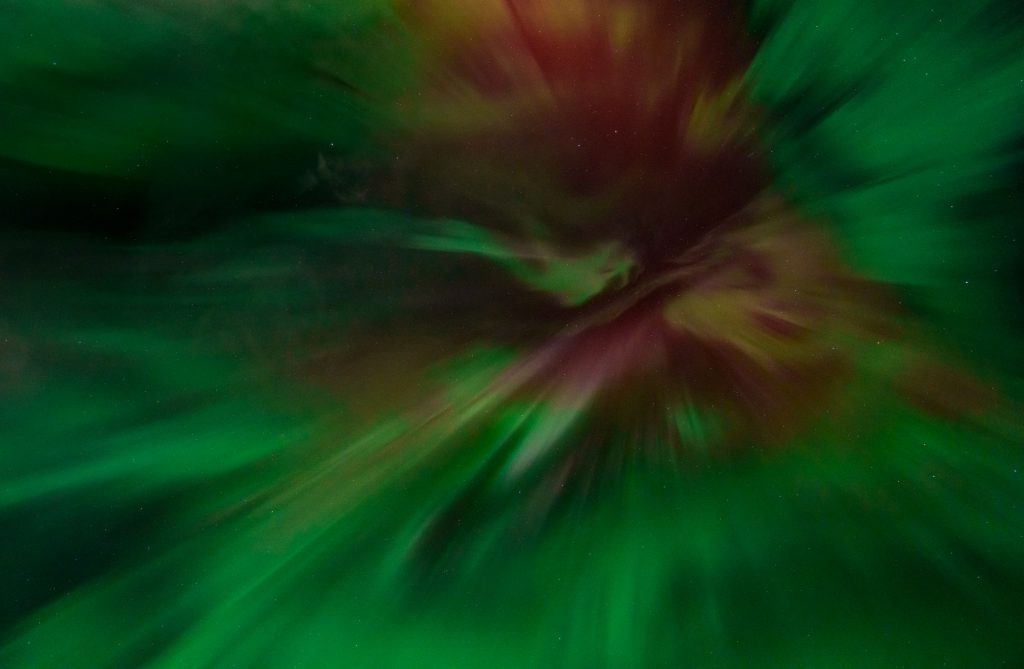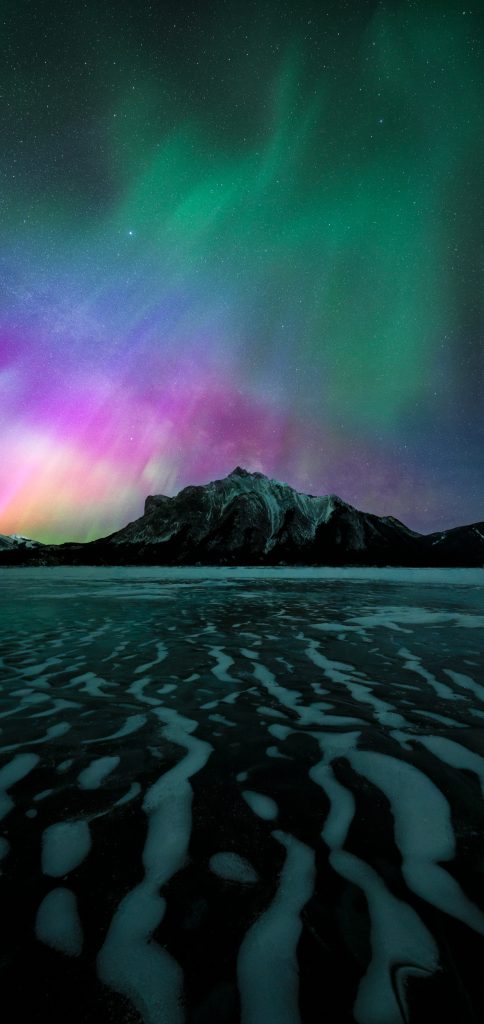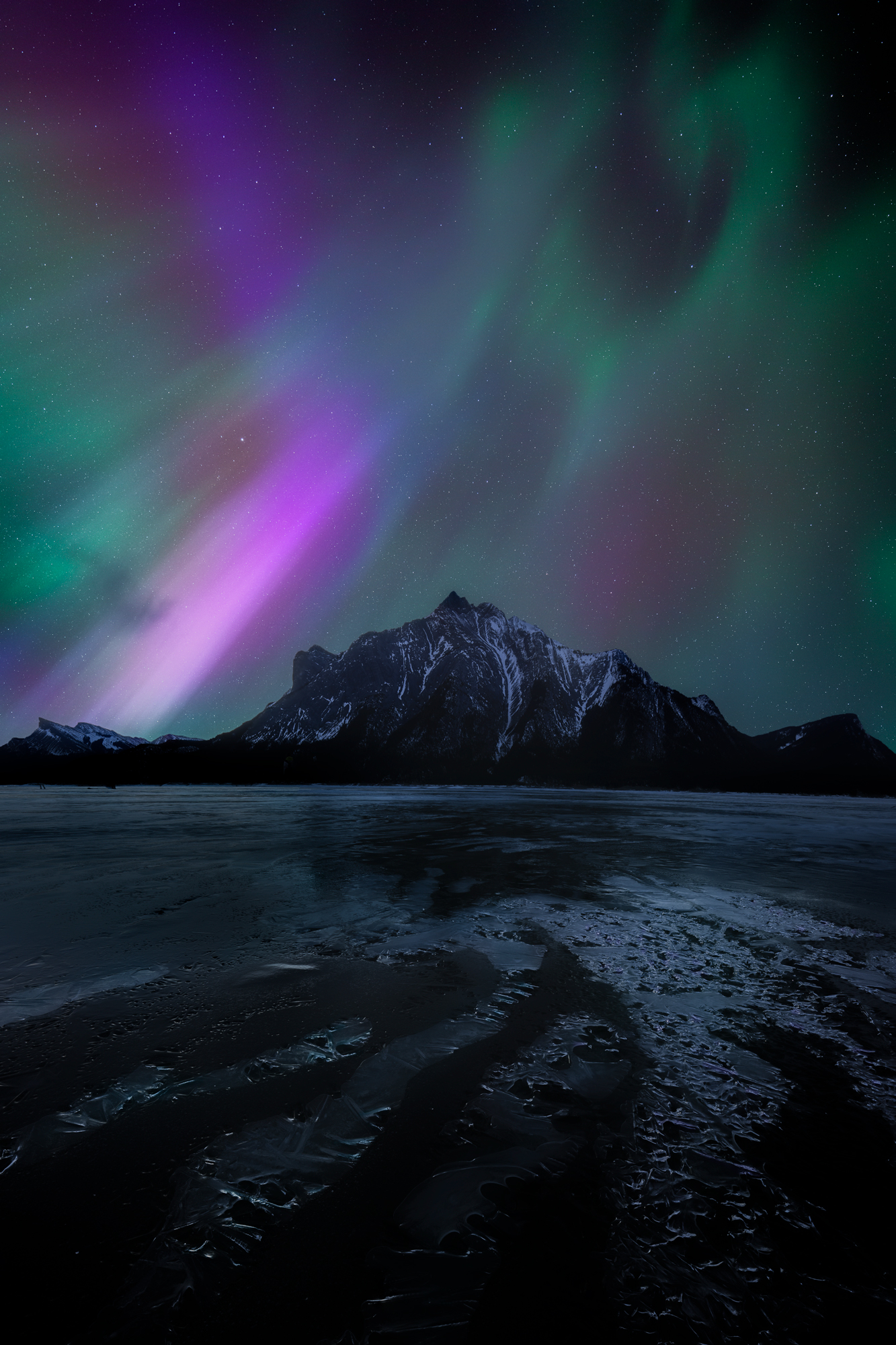
New Listing! Aurora Chase & Total Lunar Eclipse
Workshop Dates: March 11-17, 2025
There are few natural phenomena that capture the imagination as much as the northern lights. For most landscape photographers, photographing the aurora is a bucket-list shot.
However, predicting (and photographing) the aurora can cause anxiety in even the most seasoned night photographer. There is a lot of science behind understanding the activity of the sun, and how that solar activity interacts with the earth’s geomagnetic field to produce the northern lights. Knowing when an aurora is likely to happen is only part of the equation, however. You also need to know how to find clear skies, locations where you are most likely to see it, and how to capture the ever-changing light as it dances across the night sky.
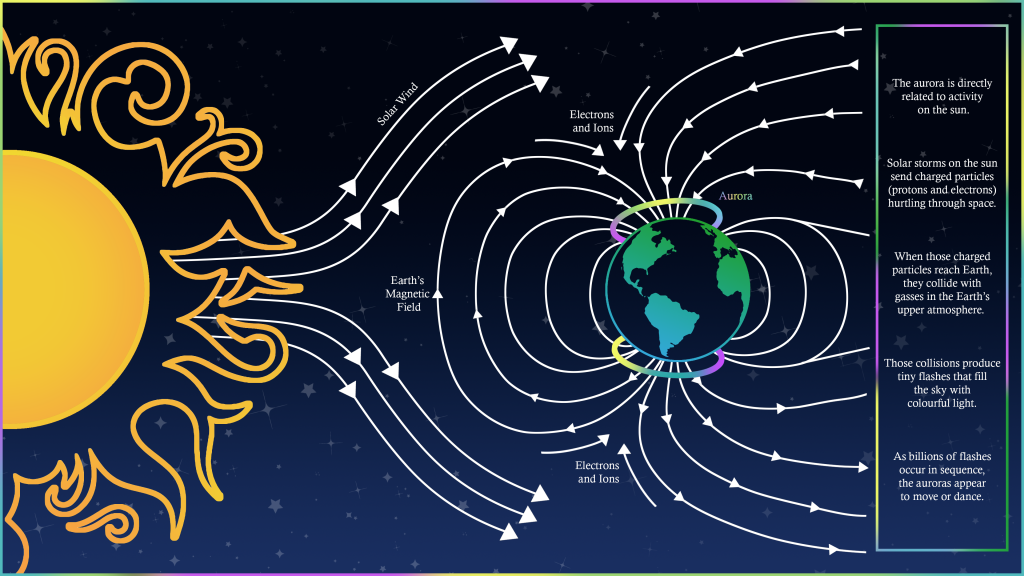
Spring is the best time of year to see the aurora. That is not just because we have snow on the peaks, or reflections in the lakes during early spring. NASA researcher and solar physicist David Hathaway has demonstrated that spring is one of the most geomagnetically active periods of the year, due to the spring (vernal) equinox. During the vernal equinox, the angle of the earth in relation to the sun allows solar winds to pass through them: It is the interaction between the charged solar particles (carried by solar winds) and particles in the earth’s atmosphere that create the beautiful displays of dancing lights.
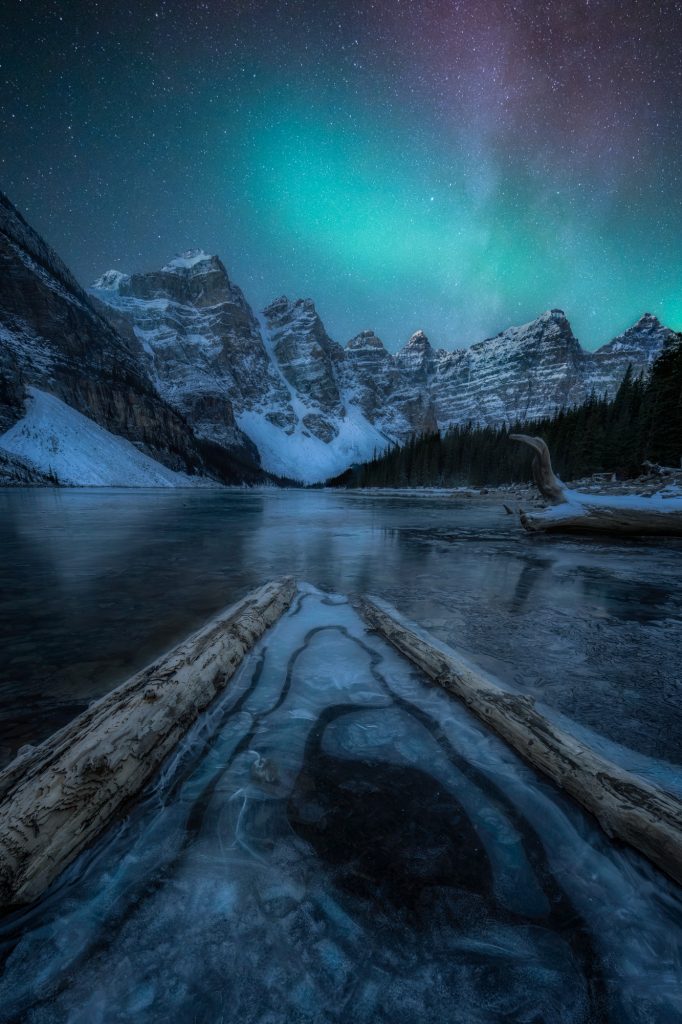
What to Expect
We will shoot from sunset to sunrise, and sleep during the day. Even if we do not get to see the aurora every night, there will be plenty of opportunities to hone your night shooting skills!
As we wait for the aurora, we can photograph my favourite type of light at night; I call it magic hour. It only occurs on a handful of days each month. I will teach you how to reliably predict magic hour light using PhotoPills. It’s more beautiful than sunrise or sunset, and more rare than the Milky Way.
This week, weather permitting, we will also see a total lunar eclipse!
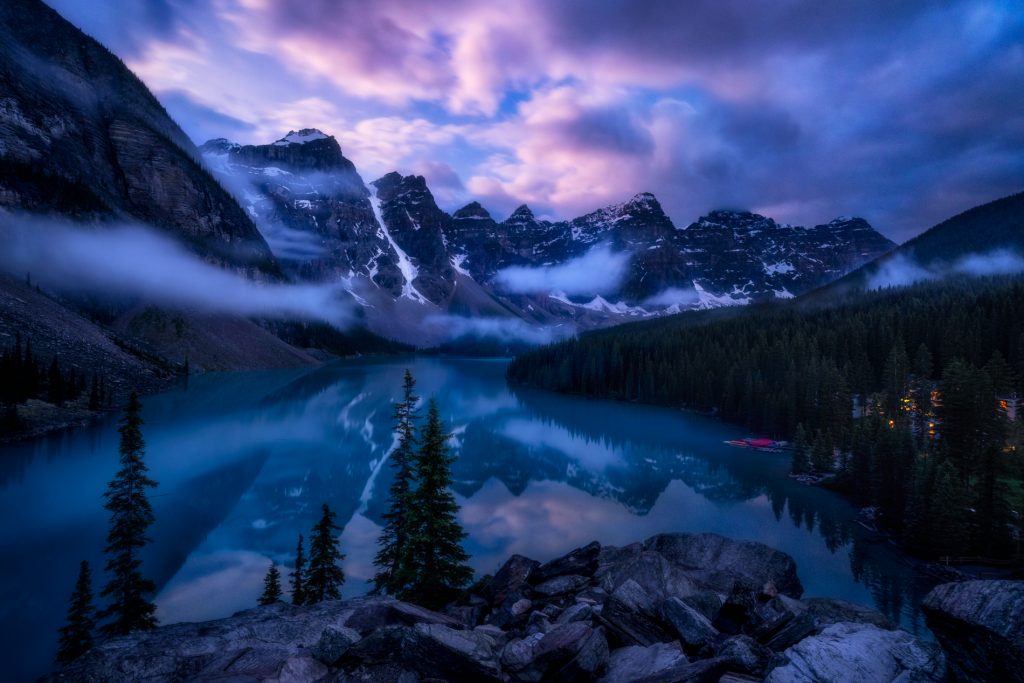
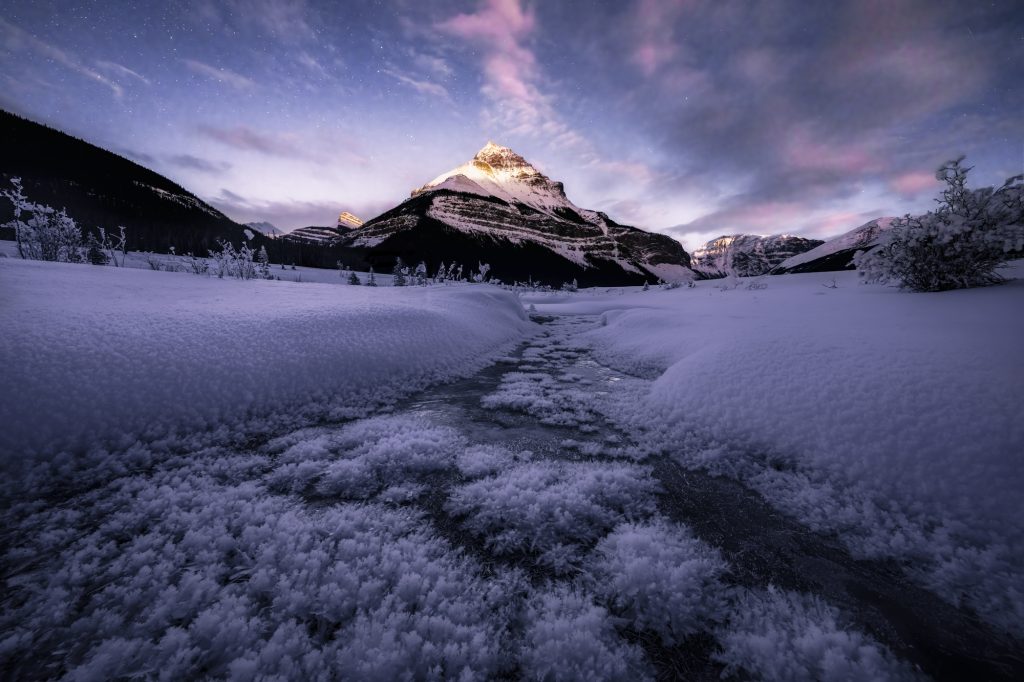
Accommodations & Transportation
The Great Canadian Aurora Chase and Magic Hour photography workshop includes all transportation with pick ups from the Calgary International Airport in a 15 passenger Ford Transit, lovingly nicknamed the “Starlight Express.”
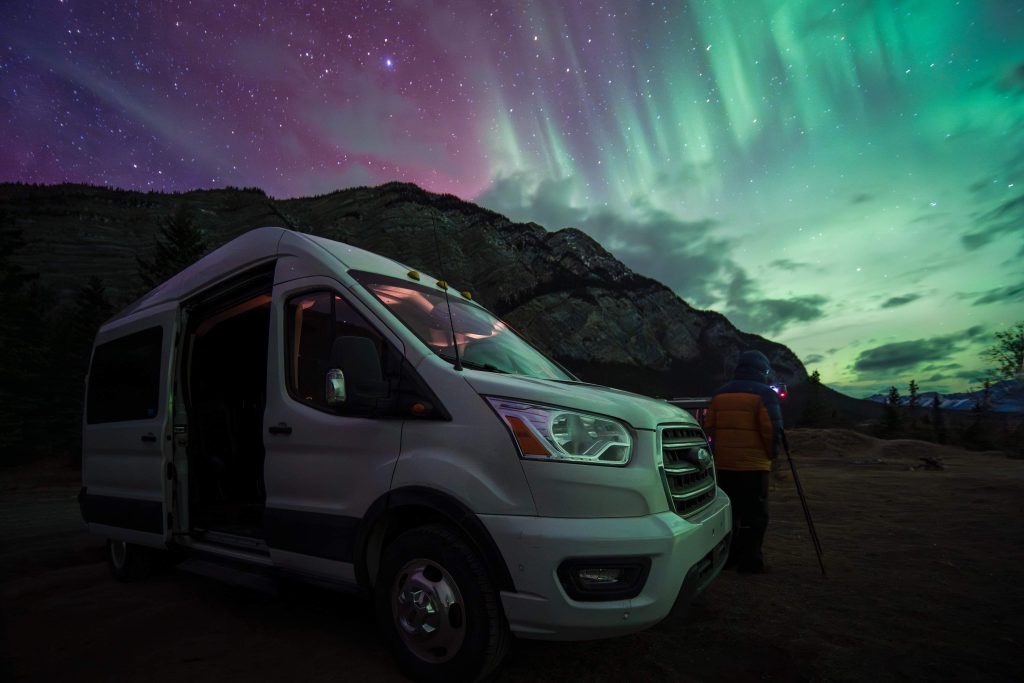
We will stay at the iconic Emerald Lake Lodge during our week together. This is my favourite ‘home away from home’ in the winter months. The staff are warm and accommodating, the food is delicious, and you can step outside of your cabin to get a world class photograph of the Canadian Rockies. Best of all, if the aurora blazes across the sky in the middle of the night we can step out of our cabins and get a world-class shot with a north-facing view.
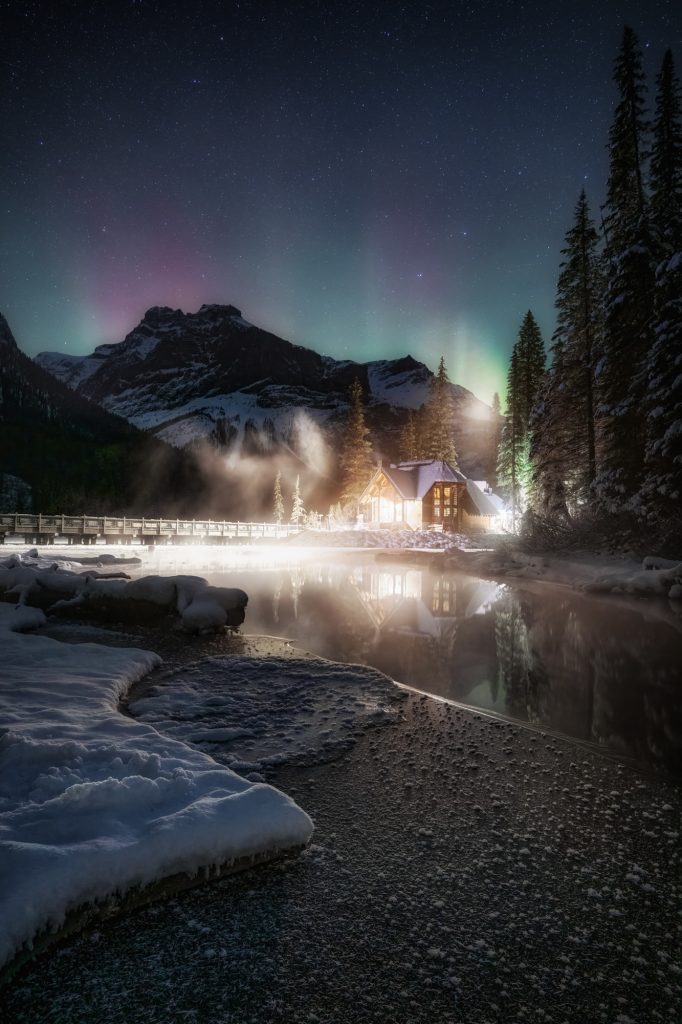
Weather
March is a unique time of year in the Canadian Rockies, as the mountain region slowly transforms into spring. The weather is typically mild. Some of the shallow lakes have openings for reflections, and soft blankets of snow cling to the peaks. On colder nights we get beautiful frost flowers adorning the foreground. Snow and ice are the perfect companions for aurora as they reflect the dancing green lights.
And finally, we will never miss an opportunity to shoot sunrise after a night of capturing the stars. If the clouds roll in over night, we will adjust our shooting schedule to photograph the daytime landscapes, hone our editing skills.
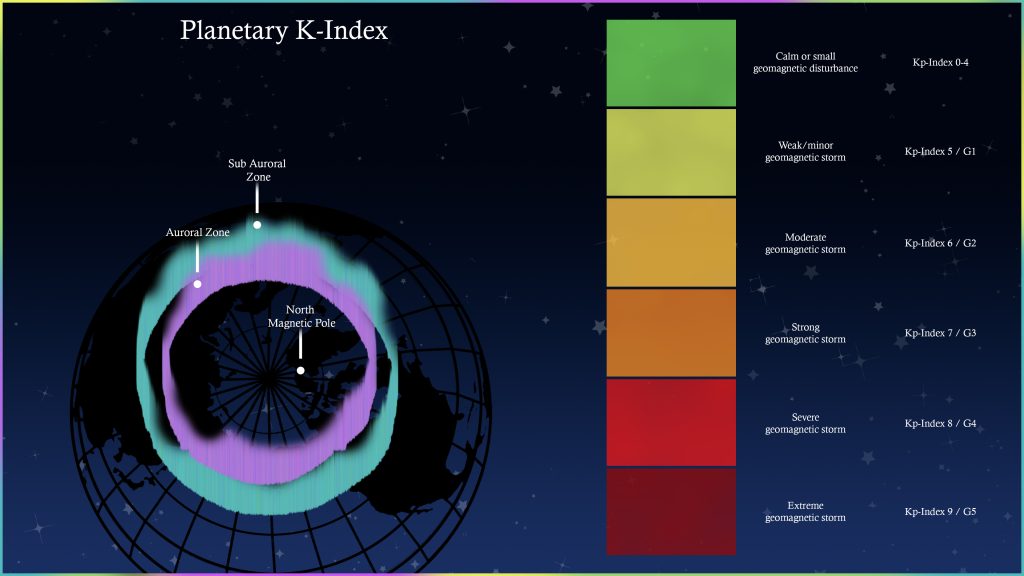
As this is an aurora chasing workshop, I will teach you the science behind the aurora, how to know when you should sacrifice a night of sleep to chase it, how to photograph it with technical precision, and how to edit your aurora images.
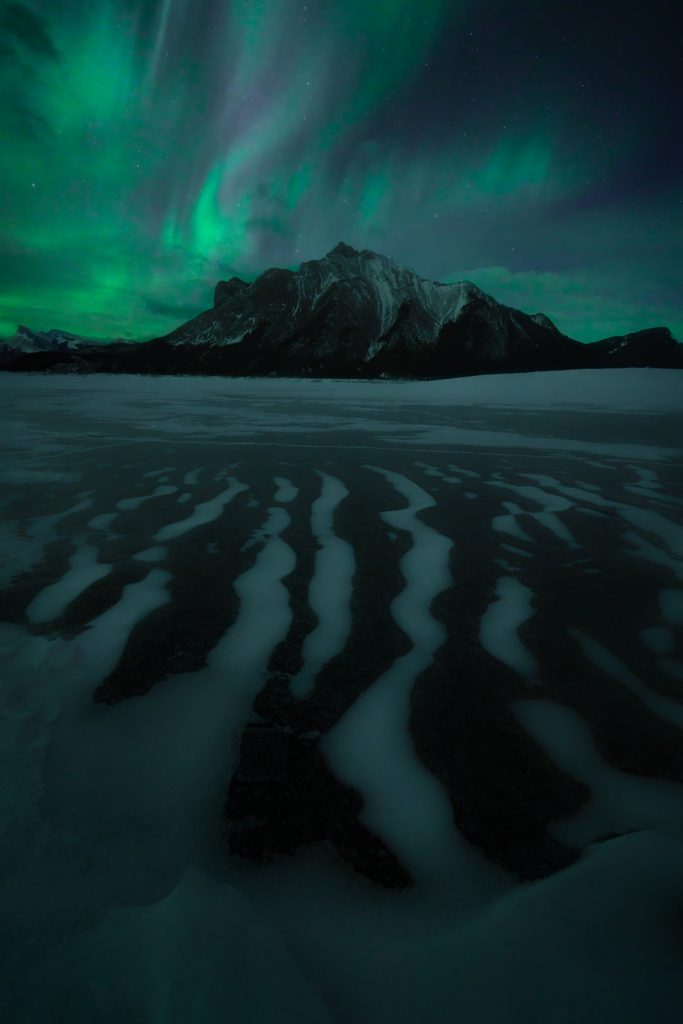
More Details
We have six nights and seven days to fill your memory cards!
March 11-17, 2025
My maximum group size is 10 participants.
The total cost of the workshop is $4495 USD. A $995 deposit is required to secure your spot.
*Deposits are non-refundable can can be credited toward another workshop if you cancel more than 30 days before the workshop start date.
Please do not hesitate to contact me if you have any questions!
